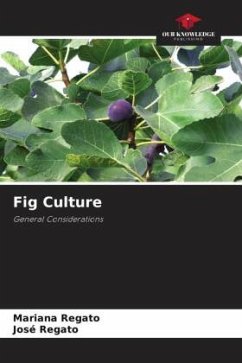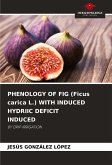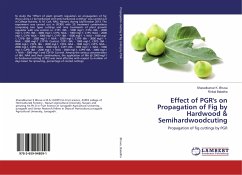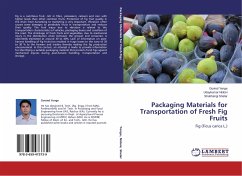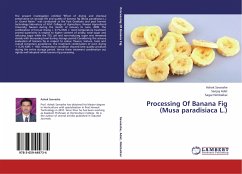From 1980, the culture was modernized, and in some regions of the country, irrigated orchards began to appear, with higher planting densities, planted with trees from nurseries, with cultivars that produce figs with laminas and vindices, some with aptitude for fresh consumption. The harvest started to be done from the ground, without the help of ladders or stepladders and about 60% to 70% of production began to be marketed for fresh consumption, and the rest for the industry (Sousa, 2010). The cultivation techniques were modernized, starting to use fertigation, soil pruning as a measure of weed control and annual pruning (summer and winter pruning).The new production techniques, combined with higher yields, have been an incentive for producers, who continue to show interest in the crop and to expand it to the various regions of the country, where there are soil and climate conditions for its good development.
Bitte wählen Sie Ihr Anliegen aus.
Rechnungen
Retourenschein anfordern
Bestellstatus
Storno

